The cheapest (and most expensive) states to live, ranked
Discover where your hard-earned dollars will go further
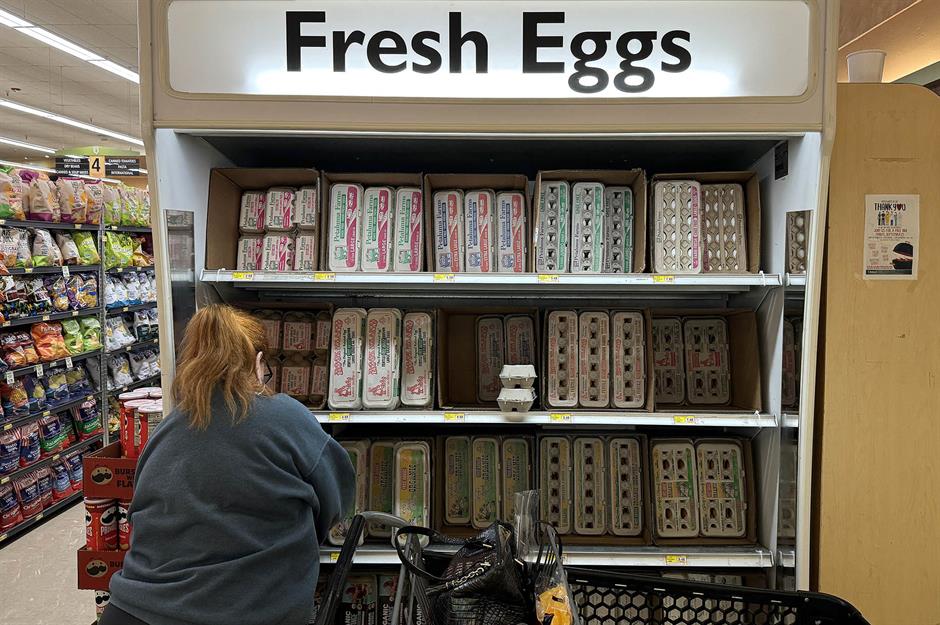
Unhappy with the prices you're paying for groceries, housing, healthcare, and more? You're certainly not alone. Inflation was the number one hot-button issue in the 2024 election and while it has cooled over the past year, the current rate of 2.9% is still well above the Federal Reserve’s target of 2%.
With rising costs continuing to put a strain on Americans' wallets, read on to discover where every state ranks when it comes to the cost of living, from the cheapest to the most expensive.
Based on the latest cost of living index from the Missouri Economic Research and Information Center (MERIC) with data correct as of January 2025.
How MERIC compiles the cost of living index

MERIC measures the cost of living in different states by looking at six key categories: groceries, housing, utilities (including electricity and water), transportation, healthcare, and other everyday expenses, which are classed as 'miscellaneous'.
To calculate the cost of living for each state, MERIC takes the average of these costs from different cities and metro areas within that state. The result is compared to the national average, which is set at 100.0. So, if a state's cost of living index is above 100, it means living there is more expensive than the US average, and if it's below 100, it's more affordable. Let's start with the most economical...
51. The cheapest – West Virginia, cost of living score: 84.8
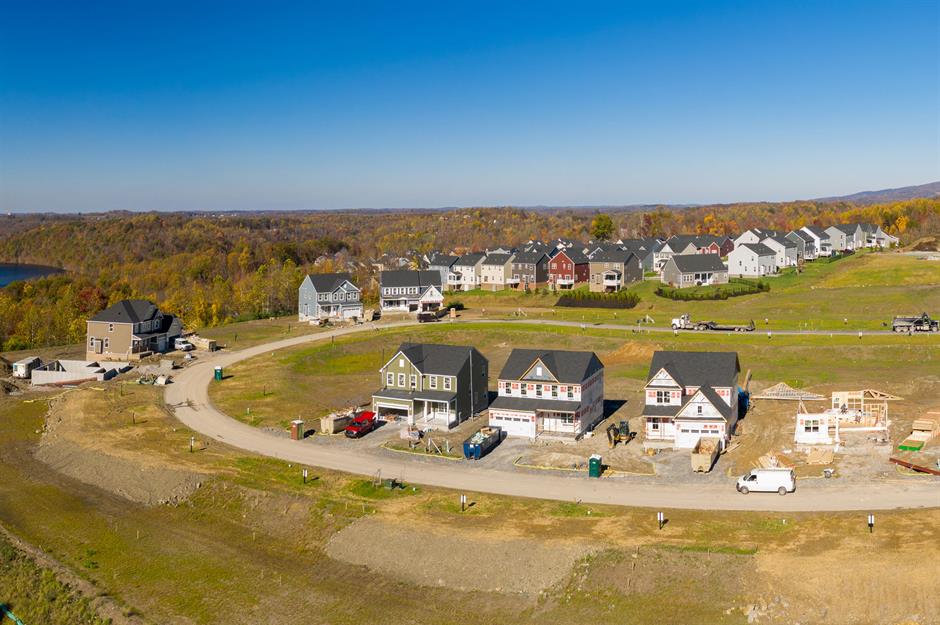
Living costs in West Virginia are refreshingly affordable, coming in 15.2% below the national average. The Mountain State boasts the cheapest overall housing costs, with the nation’s lowest median monthly rent at just $831.
While groceries aren’t ridiculously cheap, West Virginia is one of 38 states that host Aldi, America's most affordable supermarket, with 16 outlets located there. Of course, everything is relative, and West Virginia's median salary of $39,770 is the third-lowest in the country.
50. Kansas, cost of living score: 86.7
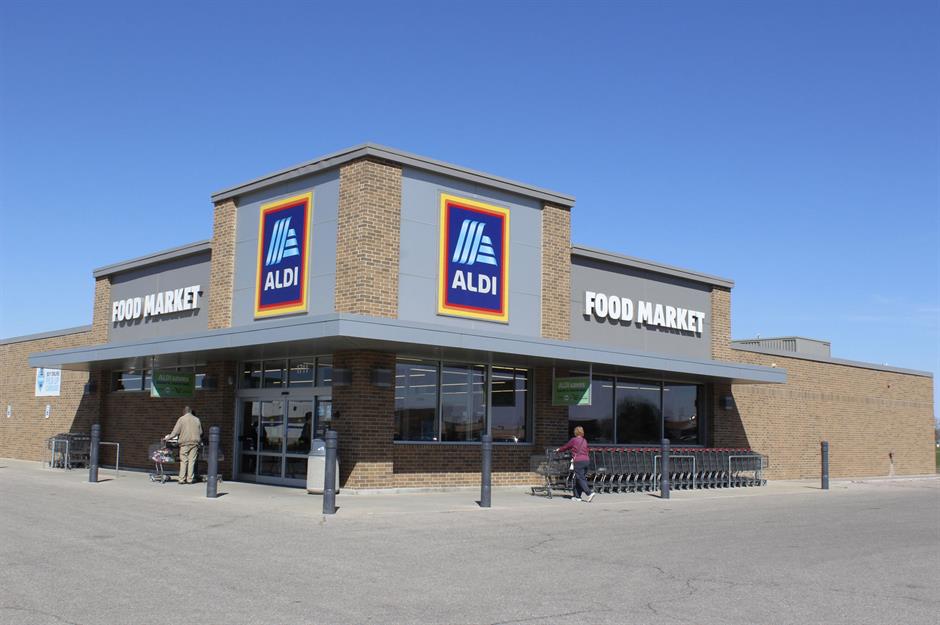
Eating well is super affordable in Kansas, which has the cheapest groceries in the country, despite the fact it's one of 13 states to impose a tax on food. Incidentally, the state is home to 29 Aldi stores and three Costco warehouses for shoppers who prefer to buy their bargain groceries in bulk.
Housing is remarkably affordable too – only West Virginia has lower housing costs – and Kansas is the cheapest of all states when it comes to miscellaneous expenses. The one drawback is the cost of utilities, which slightly exceeds the national average. That said, Kansas offers America's 36th-highest median salary at $45,261, making it one of the best states to live comfortably, though the tax burden is relatively high.
49. Mississippi, cost of living score: 87.5
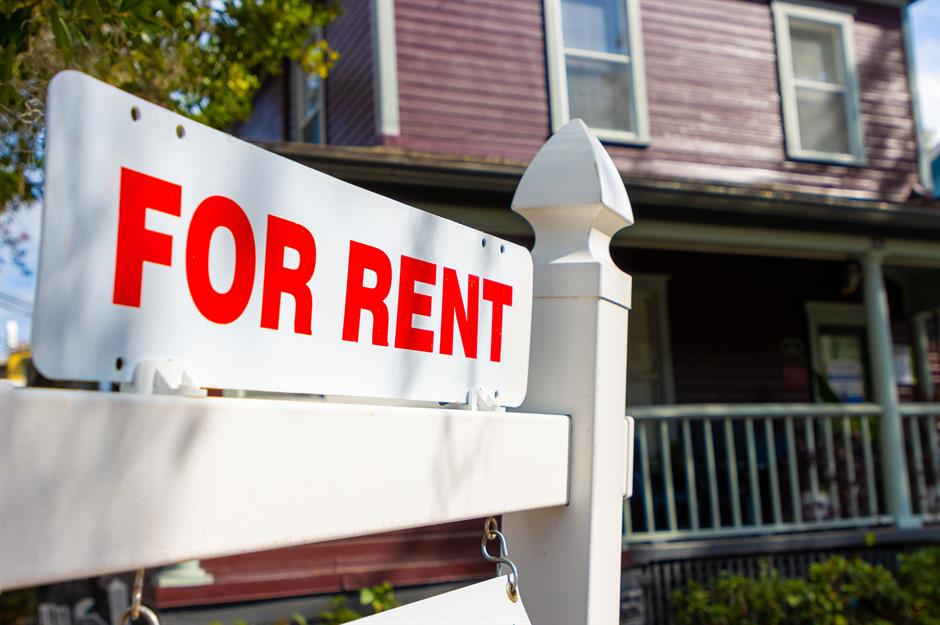
Mississippi is especially affordable when it comes to housing. It's the fourth-cheapest state for leasing a home, with a median monthly rent of $896. The median home sale price is also low at $256,600, considerably below the nationwide median of $427,670.
Costs across the other five categories covered by the index all come under the US average, and Mississippi has the cheapest gasoline prices in the nation. However, the median salary in the Magnolia State is the lowest in the country at just $37,502, and the poverty rate of 18% is the second-highest. This means that while living costs are low, many residents may still struggle to make ends meet.
48. Oklahoma, cost of living score: 87.9

Buying a home is even more affordable in Oklahoma. The second-cheapest state by this metric, the median home sale price comes in at only $241,100. However, rents aren't as cheap in a relative sense, with the state ranked only the 10th most affordable to lease a residential property.
Healthcare costs aren't all that economical either, sitting around the average for the US. But gasoline prices are the third cheapest – and just as well, since Oklahomans don't tend to take home big paychecks and the median salary of $41,475 is the sixth-lowest nationally.
47. Alabama, cost of living score: 88.8
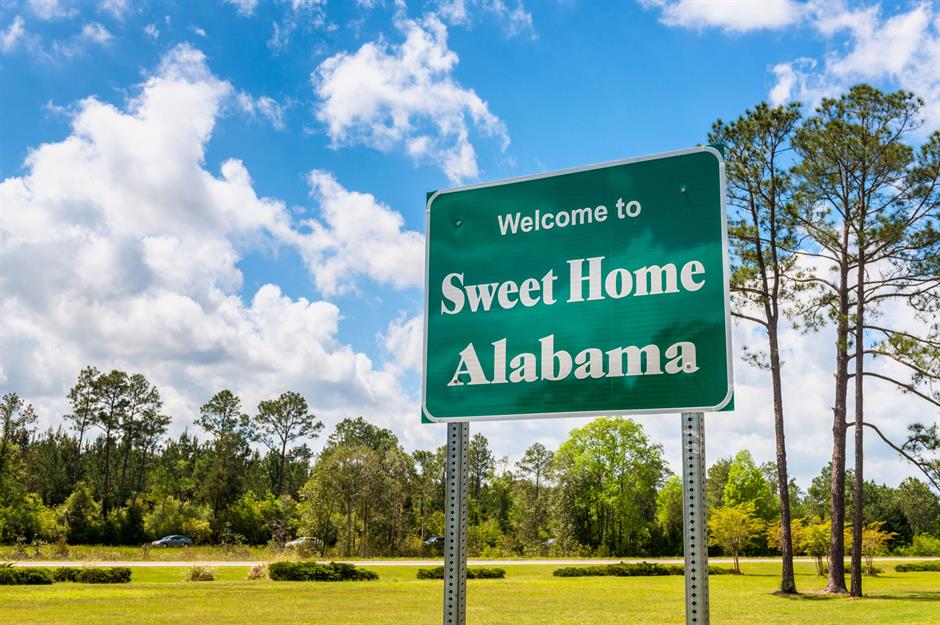
Alabamans typically earn slightly less than their counterparts in Oklahoma, grossing a median salary of $41,350, yet living costs are marginally more expensive overall. But while groceries, utilities, and miscellaneous outlays are pricier, housing, healthcare, and transportation are cheaper in the Yellowhammer State.
Another plus is the fact Alabama has the third-lowest property tax in the US. However, its general tax burden is actually higher than Oklahoma's.
=45. Missouri, cost of living score: 89.0

The sixth-cheapest state overall, Missouri ranks a not-too-shabby 37th in the country for median salary, so residents get a pretty good deal with all things considered.
Among the highlights are the second most economical transportation expenses in America and the cheapest eggs – a dozen cost just $4.24 on average in the Show-Me State. However, reflecting the situation in other states, 'eggflation' has soared over the past few years due to the avian flu outbreak that has decimated poultry flocks nationwide.
=45. Arkansas, cost of living score: 89.0

Arkansas has the second-lowest median salary, with the typical wage a comparatively modest $39,062. However, living costs in the state are very reasonable.
The standouts include housing – Arkansas has the second-lowest median monthly rent at just $868 and the sixth-cheapest median home sale price – as well as healthcare. According to the MERIC index, only one other state has lower healthcare costs.
44. Tennessee, cost of living score: 90.0

Tennessee ranks a lowly 41st for median wage and has no state minimum wage, with employees having to make do with the federal base of $7.25 per hour.
Nevertheless, housing in the state is cheap by nationwide standards and Tennessee has the most affordable transportation costs in the country. Moreover, the state is one of seven that levies no income tax, and Tennessee has the joint fourth-lowest tax burden overall.
43. Iowa, cost of living score: 90.4

Housing is extremely economical in Iowa, which has the lowest median home price in the US at $230,500. However, transportation costs are only just below the US average.
Iowa is America's number one egg-producing state, and while the cupboard staple remains comparatively affordable there, with a dozen typically costing $4.44, it's seen the most 'egg-streme' eggflation countrywide, with prices surging by an enormous 153% year-on-year. On the upside, the state has the third-cheapest bread prices in the US.
42. Indiana, cost of living score: 91.3
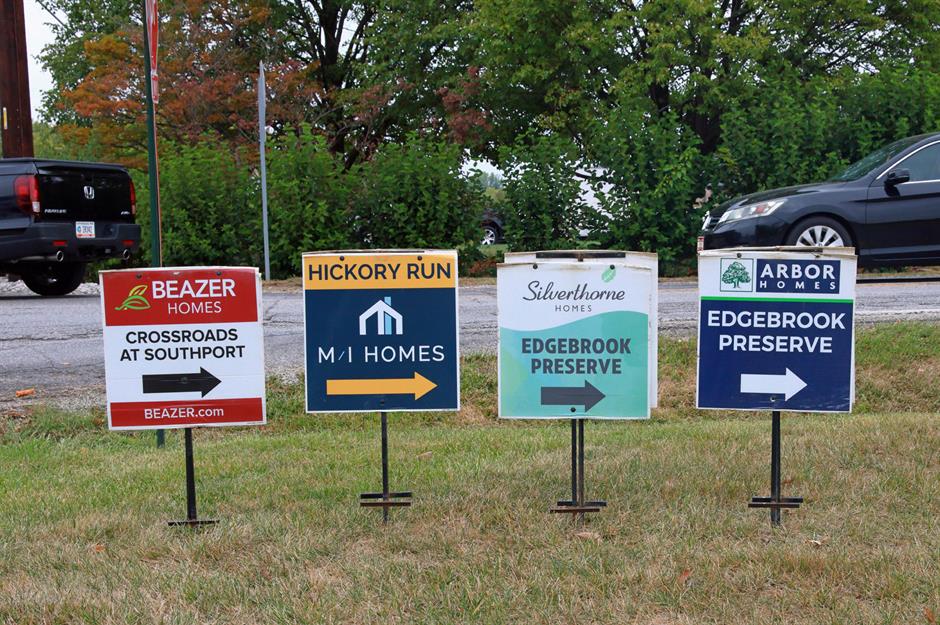
Indiana ranks joint 33rd for median salary, which stands at $45,469, but the figure compares favorably with the cost of living in the state, and income inequality isn't a huge issue.
Housing is especially affordable – the median home sale price is a budget-friendly $259,800 – plus groceries, utilities, healthcare, and miscellaneous expenses all come in under the nationwide average. However, transportation costs stand at 1.6% above the US mean.
41. Georgia, cost of living score: 91.5

At $45,469, Georgia's median salary echoes that of Indiana, but the state has a wider gap between rich and poor and a higher poverty rate – 13.6% against Indiana's 12.3%.
Groceries and healthcare are slightly more expensive and utilities cost more than the national average, but miscellaneous expenses and transportation are cheaper.
40. North Dakota, cost of living score: 92.1
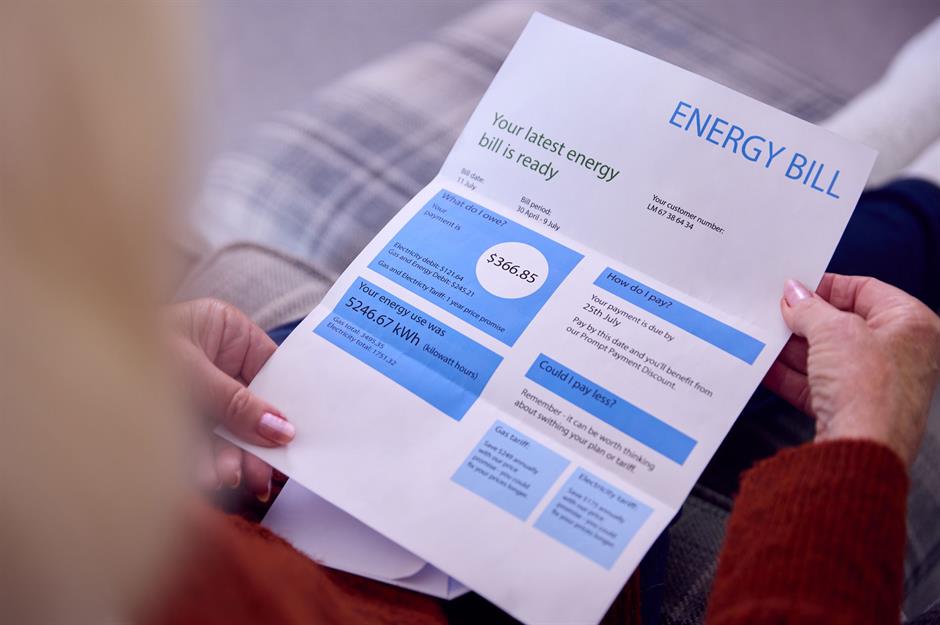
North Dakotans generally live well for less compared to residents of other states. The median salary is the 19th-highest in the US at $48,818, yet the state ranks a decent 12th for cheapness.
Housing and utilities are the standouts in terms of affordability, with North Dakota boasting the third cheapest utility costs in the nation. However, transportation and healthcare are on the costly side; the latter is 5.7% pricier than the nationwide average.
=38. Michigan, cost of living score: 92.3
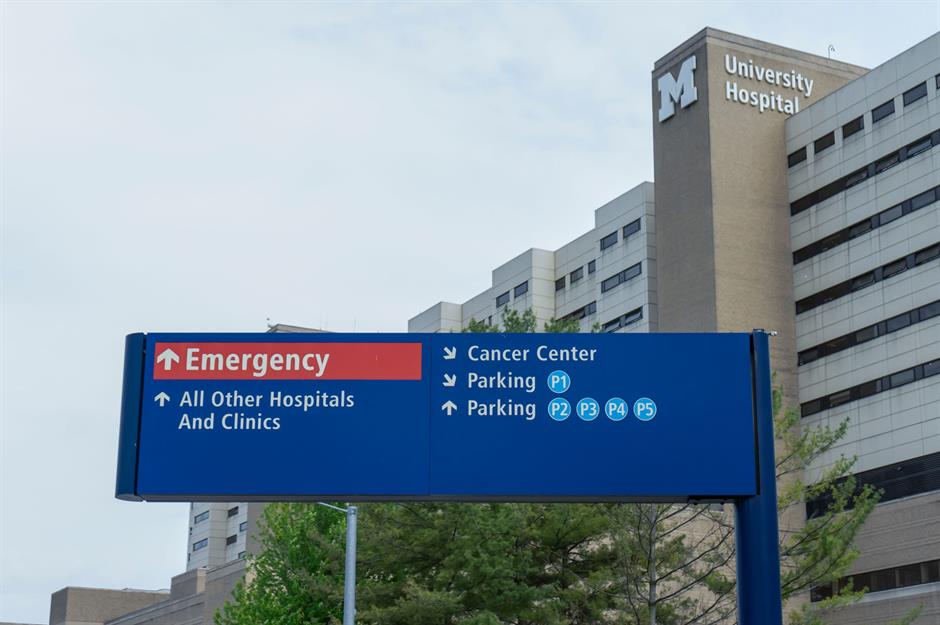
Michiganders tend to earn less than North Dakotans, with the median salary for the state sitting at $46,946.
On the bright side, housing is cheaper – the median home sale price is just $256,400 – and healthcare is markedly more affordable. However, Michigan is pricey when it comes to transportation, which is a shade more expensive than the national average.
=38. South Dakota, cost of living score: 92.3

South Dakotans seeking a better life may want to consider moving to the state's northern namesake. The median salary for the Mount Rushmore state is only $43,850, over 10% lower than North Dakota's figure, and living costs are higher overall.
That said, transportation and healthcare are cheaper and the state has a lighter tax burden, with no income tax to speak of.
37. Texas, cost of living score: 92.6
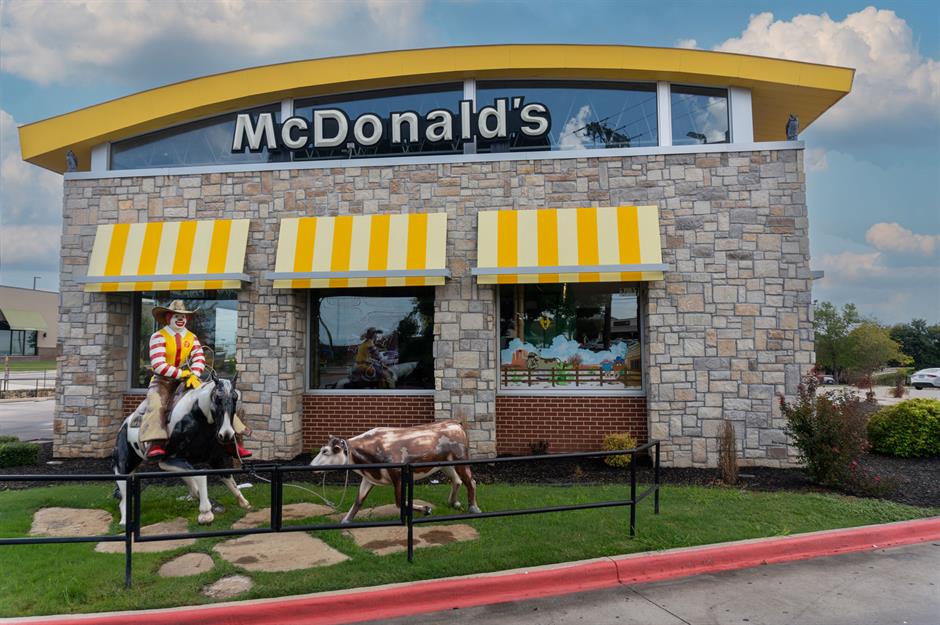
Texas ranks 31st for its median salary, which sits at $46,968, though the state is one of the seven that doesn't impose an income tax.
Groceries, housing, transportation, healthcare, and miscellaneous expenses are all more affordable in relation to the national average. Texas also has the second-cheapest gasoline prices in America, as well as the second-cheapest McDonald's prices. The major downside is the cost of utilities, which exceeds the US average by 7.3%.
36. Nebraska, cost of living score: 92.8
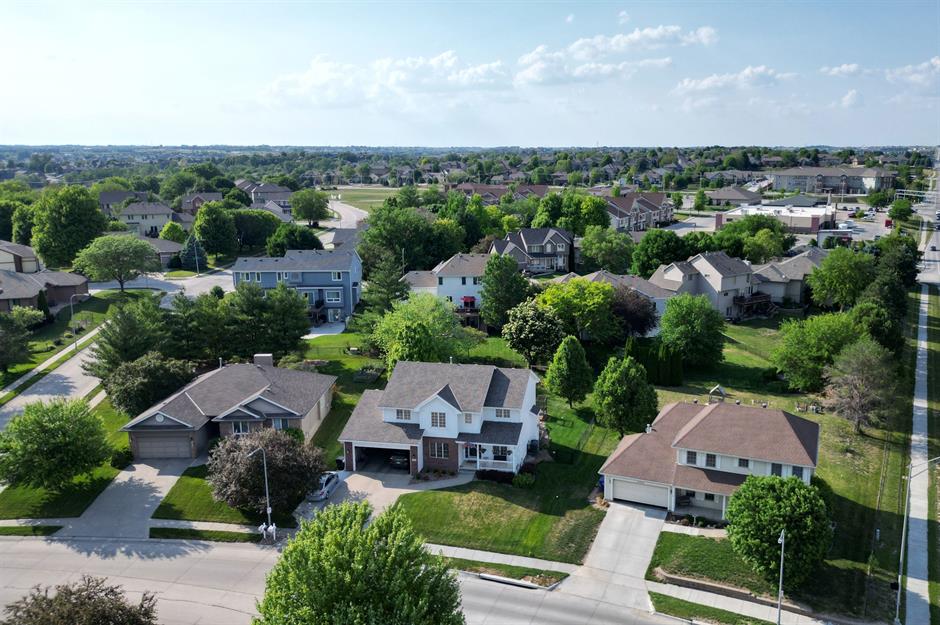
Nebraska's living costs are all the more reasonable when the median salary is factored in. The Cornhusker State is ranked 29th by this metric, with the figure standing at $46,446.
Housing is the standout, with the median home sale price a relatively affordable $278,700. Groceries and miscellaneous expenses, however, are only slightly less pricey than the national averages and healthcare is marginally more expensive.
=34. Kentucky, cost of living score: 92.9
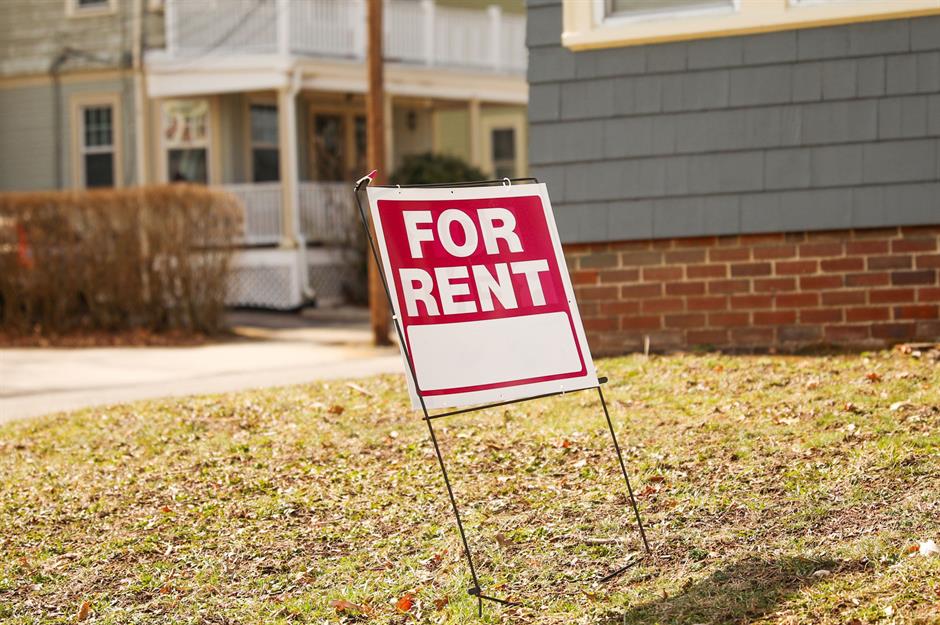
Kentuckians tend to earn less than Nebraskans and living costs are fractionally more expensive overall.
Healthcare costs are on a par with Nebraska's, but transportation, groceries, and miscellaneous expenses are pricier. Housing is cheaper though, with rents especially affordable. In fact, the state's median monthly rent of $902 is the fifth-lowest in the country.
=34. New Mexico, cost of living score: 92.9
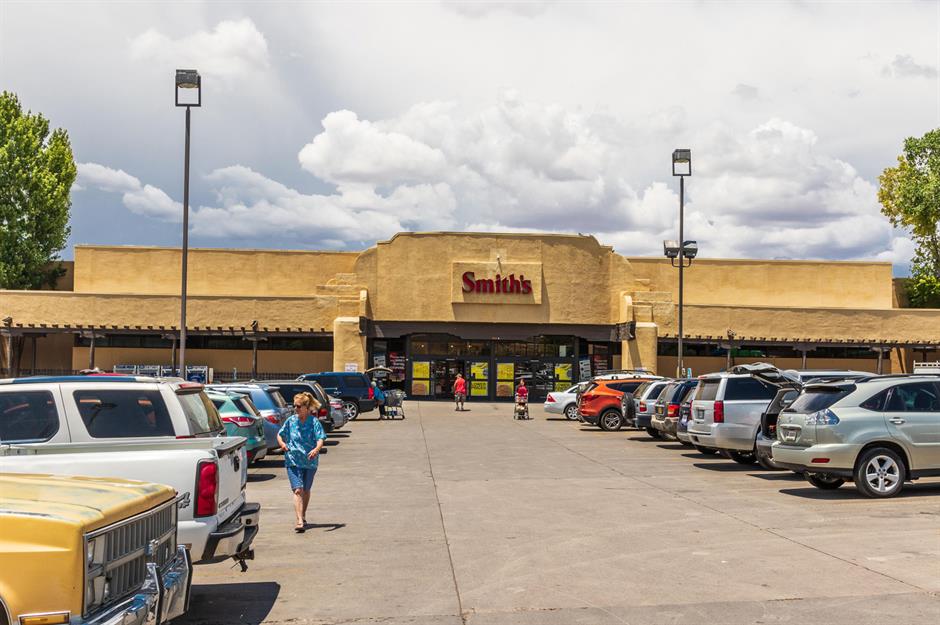
Based on median salary, New Mexicans earn even less than Kentuckians and the state has the third-highest poverty rate in America at 17.8%.
Housing isn't as cheap as you might expect, and neither is healthcare. However, groceries are pretty reasonable and utility bills are relatively economical.
33. Louisiana, cost of living score: 93.5
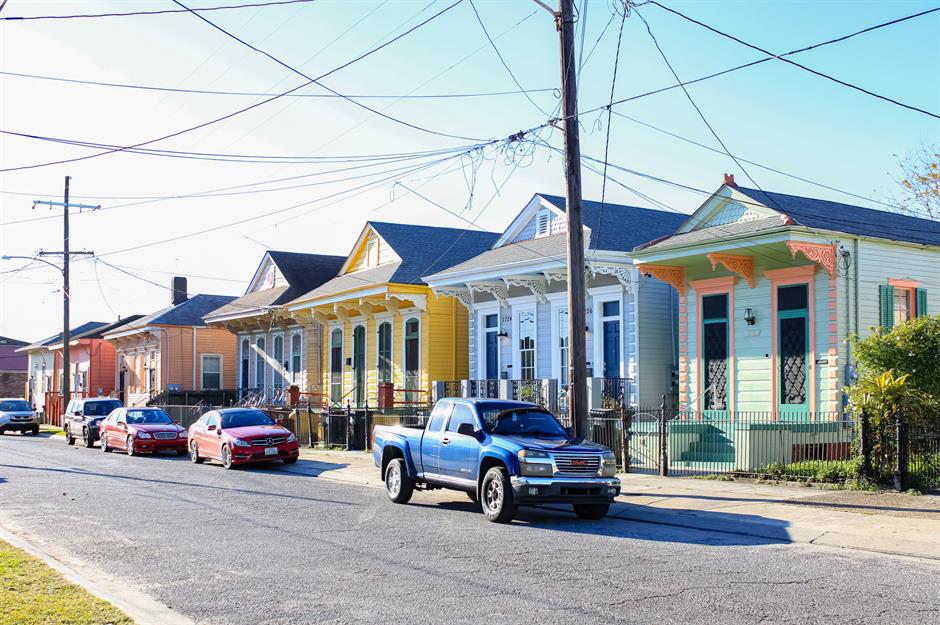
Life in Louisiana presents considerable economic challenges. A median salary of just $41,330 ranks the state fourth-lowest in the nation, while a staggering 18.9% of residents live below the poverty line – the highest rate in America. This is further compounded by significant income inequality.
The saving graces are housing costs – Louisiana has the fifth-lowest median home sale price at $250,600 – and utilities, with only one other state boasting cheaper utility bills.
32. Montana, cost of living score: 94.0
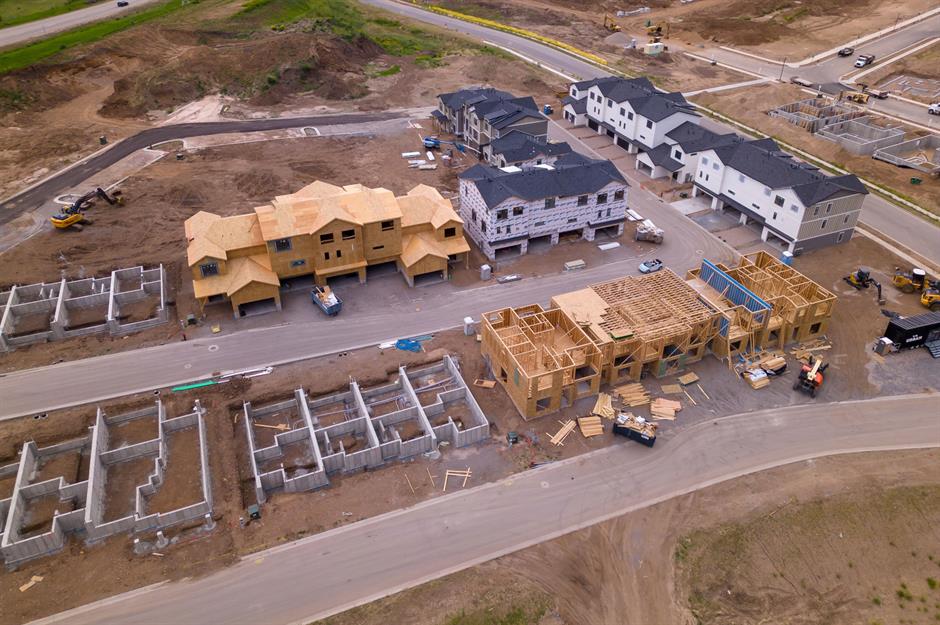
Montana ranks 32nd nationally for median income and 20th for affordability, which means the state's cost of living is relatively manageable compared to many others.
Positives include a lack of sales tax, which takes the edge off prices for clothing and other essentials. Curiously, the median monthly rent in Montana is the eighth-lowest in the country at $974, yet home prices are steep; the median home sale price of $495,100 is the 11th-highest nationally.
=30. Ohio, cost of living score: 94.9
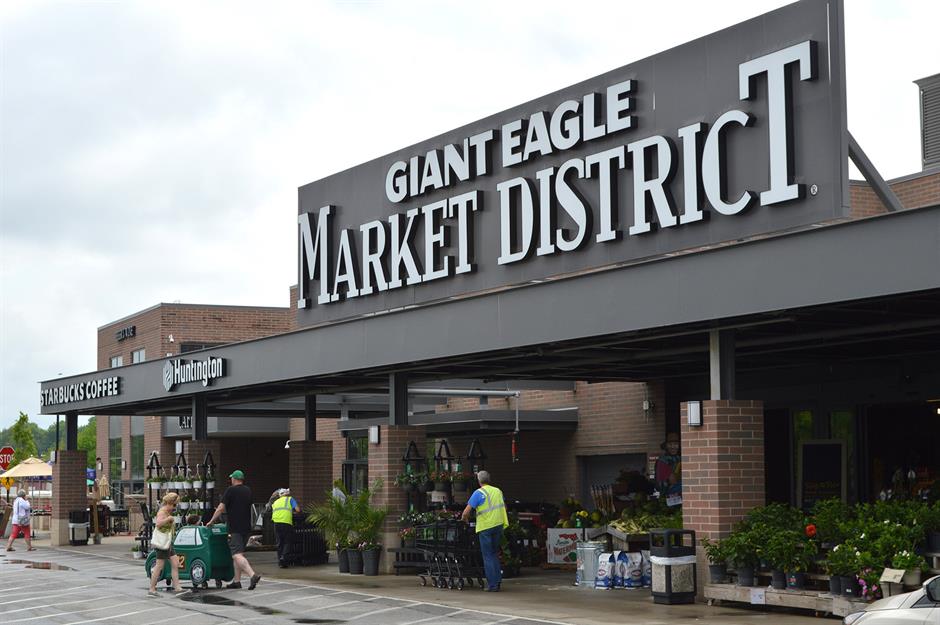
Ohio, which ranks 28th nationwide for median salary, is a good all-rounder in terms of cost of living. While prices aren't dirt-cheap, they tend to be reasonable across the board, from housing and utilities to healthcare.
Milk prices are a standout. Among the major cities included in the USDA's Retail Milk Prices Report, Cincinnati boasts the lowest typical price for a gallon of the essential, which costs an average of just $3.27 there, an impressive 25% less than the national mean.
=30. Pennsylvania, cost of living score: 94.9

For the budget-minded, Pennsylvania's biggest appeal is its affordable housing costs. For instance, the median home sale price of $288,600 is significantly lower than the nationwide median of $427,670.
Healthcare is notably affordable too, while groceries are a little cheaper than the national average, as are miscellaneous expenses. However, utility bills and transportation costs are higher than the typical figures for the US as a whole.
29. South Carolina, cost of living score: 95.2
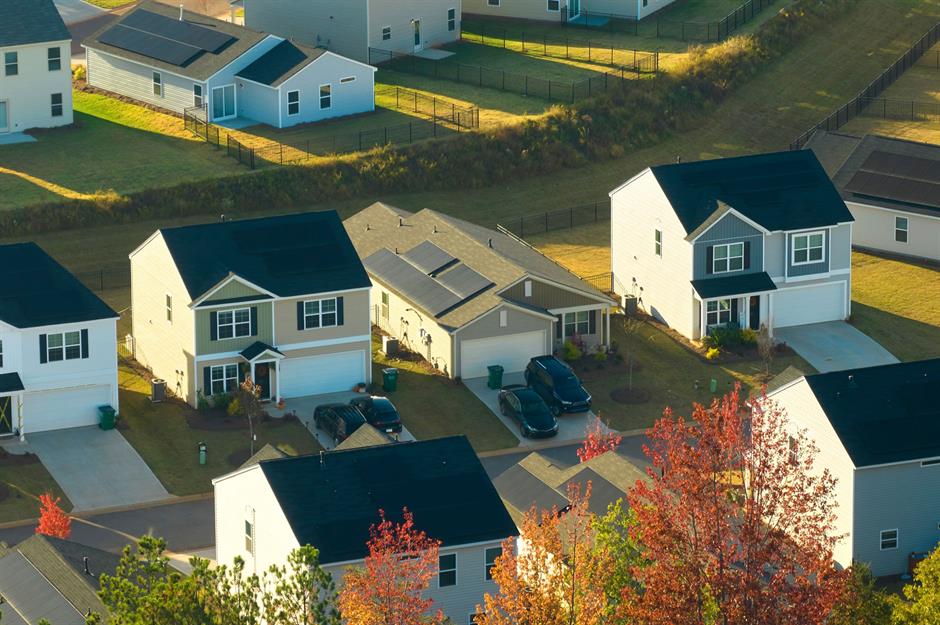
Housing affordability is also South Carolina's biggest draw from a cost of living standpoint. The Palmetto State is 13.6% cheaper than the US average by this metric.
Transportation and healthcare are also more economical. Groceries and utilities, however, aren't all that cheap, with South Carolinians paying around the national average.
28. Minnesota, cost of living score: 95.3
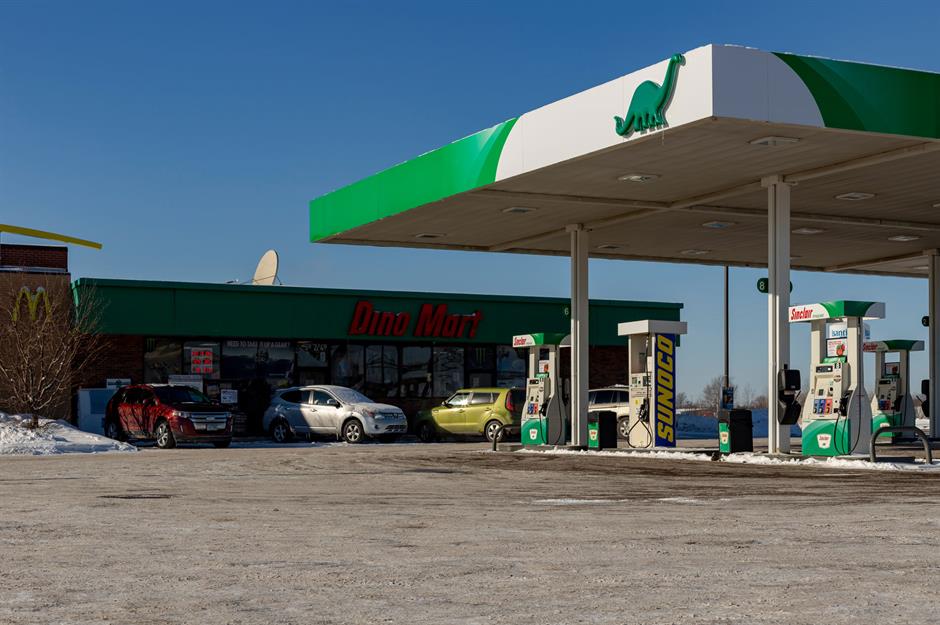
Minnesota has the 12th highest median salary in the country at $50,877 but the 24th cheapest living costs, so residents of the state live comparatively well for less.
They save the most on housing. Utilities and transportation are also cheaper compared to the US average, but Minnesotans pay marginally more for groceries, healthcare, and miscellaneous expenses.
27. Wyoming, cost of living score: 95.4

Wyoming's median salary is lower at $47,258, with the state ranking 25th in this respect. But unlike their counterparts in Minnesota, employees in Wyoming pay no state income tax. In fact, the tax burden in Wyoming is the third-lowest nationally and the fittingly named Equality State scores well for income equality.
Another bonus is the state's wallet-friendly fast-food prices, with Wyoming offering the cheapest McDonald's prices in the country.
26. Illinois, cost of living score: 95.5
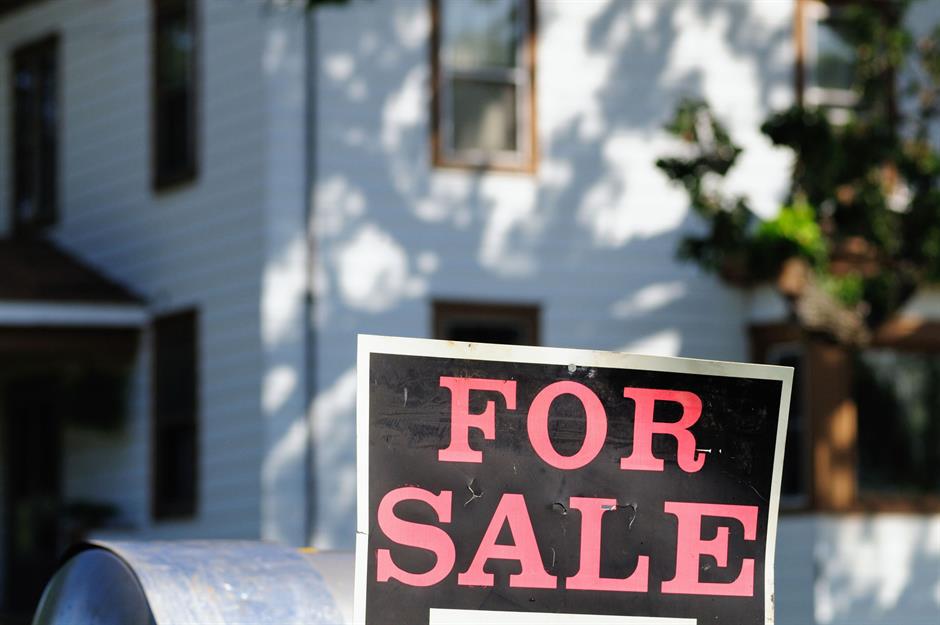
Illinois has a higher median salary but its tax burden is heavier – 9.7% of gross income as opposed to Wyoming's 5.7% – and the state imposes America's heftiest property tax.
Still, housing costs are much lower than the national average and the state's residents save on groceries, utilities, and miscellaneous expenses too. However, they pay more than the US average for transportation and healthcare.
25. North Carolina, cost of living score: 97.6

North Carolina is a pricer place to live compared to its southern namesake, though South Carolinians tend to earn less, which balances things out somewhat.
And while housing, healthcare, and miscellaneous expenses are higher in the Tar Heel State, groceries and utilities are cheaper than they are in South Carolina.
24. Maryland, cost of living score: 98.9

Maryland's median wage is the seventh-highest in the country at $55,806. The minimum wage is generous at $15 per hour, and the state is ranked 15th for income equality.
Housing away from the Washington DC metro area is reasonable, with Cumberland and Baltimore the cheapest places to buy and rent. Healthcare is also notably affordable. And while groceries, transportation, utilities, and general expenses exceed the national average, people in the Free State get quite a good deal overall in terms of cost of living.
23. Wisconsin, cost of living score: 99.3

Wisconsinites, or Cheeseheads as they're often referred to, aren't as fortunate; their home state has a lower median wage of $47,590 and higher living costs.
Yet although transportation, healthcare, and miscellaneous expenses exceed the nationwide average, groceries, housing, and utilities are cheaper. However, We Energies and Wisconsin Public Service, the state's main electricity and natural gas suppliers, have recently hiked up their rates.
22. Nevada, cost of living score: 100.1

Nevadans earn less than Wisconsinites, with the state ranked 39th for median salary. However, employees take home more of their paycheck in relative terms, as Nevada doesn't levy an income tax.
While housing, groceries, and transportation are more expensive than the national average, with gasoline prices the fourth most expensive nationally, Nevada stands out for having the lowest bread prices in the country.
Additionally, miscellaneous expenses and healthcare are cheaper. In fact, the Silver State boasts the most affordable healthcare in the US, according to MERIC. Despite this, many Nevadans struggle to afford their medical bills.
21. Delaware, cost of living score: 100.2

Living costs in Delaware are around the nationwide average, though housing is comparatively cheap.
The key upside is the state's decent wages – it's ranked 18th for median income – and only two other states have better income equality. The tax burden is light too, with no sales tax and a modest property tax rate.
20. Virginia, cost of living score: 100.5
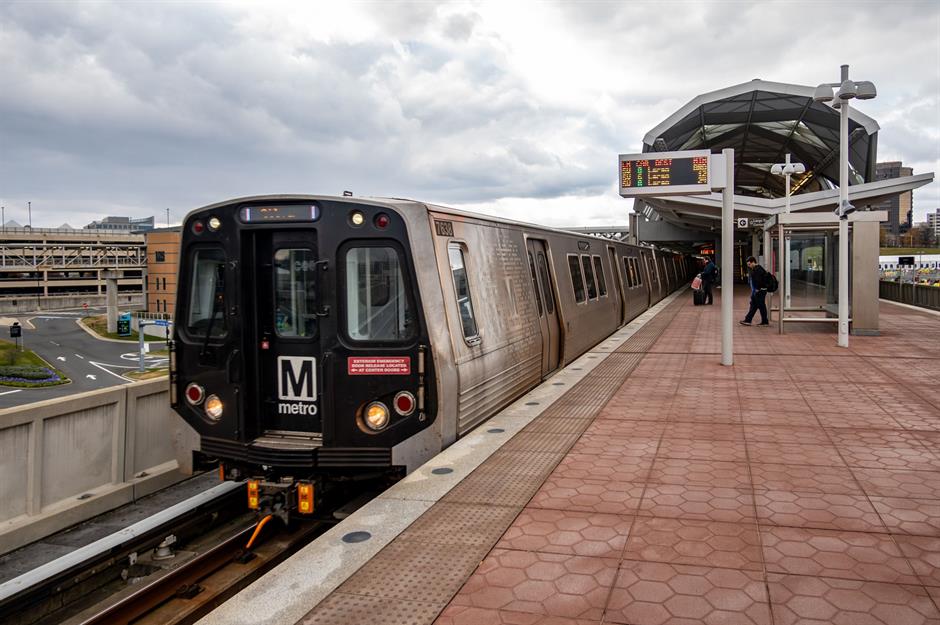
Transportation is Virginia's cost of living highlight, with prices coming in at 3.7% below the national average.
Groceries, utilities, and miscellaneous expenses are also cheaper than the US mean, but housing and healthcare are more expensive. The median wage is on the high side though at $49,920, and as a bonus, Virginia has the third-cheapest McDonald's prices in the nation.
19. Idaho, cost of living score: 102.0

Looking to save money on electricity, natural gas, water bills, and so on? Then Idaho is the state to move to, as it boasts the cheapest utilities in the country, according to MERIC. But while housing is slightly cheaper than the US average, groceries, transportation, healthcare, and miscellaneous items are more expensive (admittedly not by much).
Idaho is ranked a disappointing 40th for median salary, but it's worth noting the state scores well for income equality.
18. Florida, cost of living score: 102.4
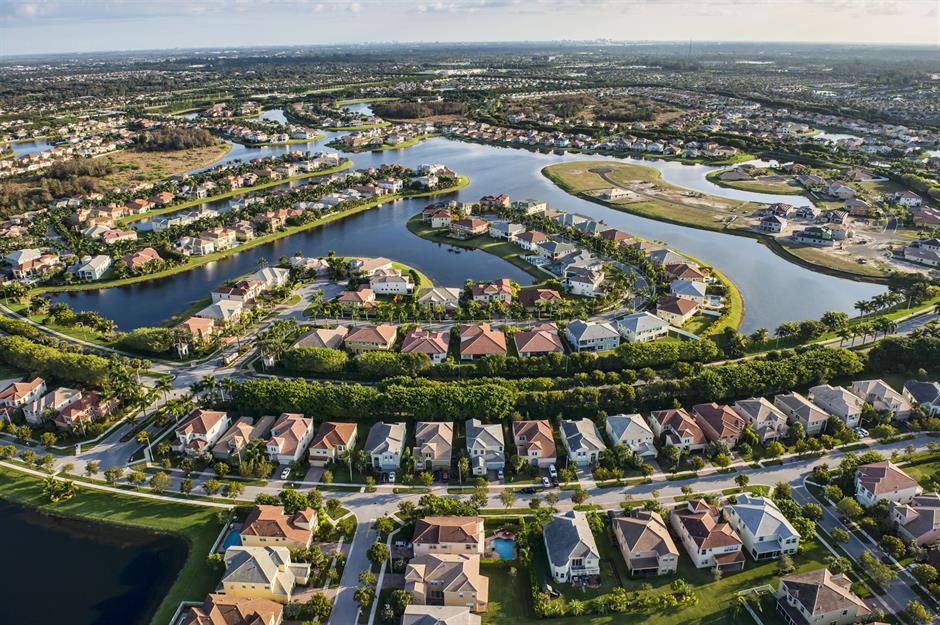
Florida's median salary isn't much better, with the state ranked 38th by this metric. Florida also has one of the largest gaps between rich and poor in America. On the bright side, the Sunshine State doesn't levy income tax and has America's joint fourth-lowest tax burden.
Housing is pricier than the US average, as are groceries, but utilities, transportation, healthcare, and miscellaneous expenses come in under the national mean.
17. Colorado, cost of living score: 102.7

Coloradans tend to live a lot better for less in a relative sense. The state has America's ninth-highest median salary and less income inequality, not to mention a lower poverty rate – 9.3% against Florida's 12.3% – though its tax burden is heavier.
In terms of the MERIC categories, groceries, housing, transportation, healthcare, and miscellaneous expenses are more expensive than the national average, but utilities work out cheaper.
16. Utah, cost of living score: 109.5
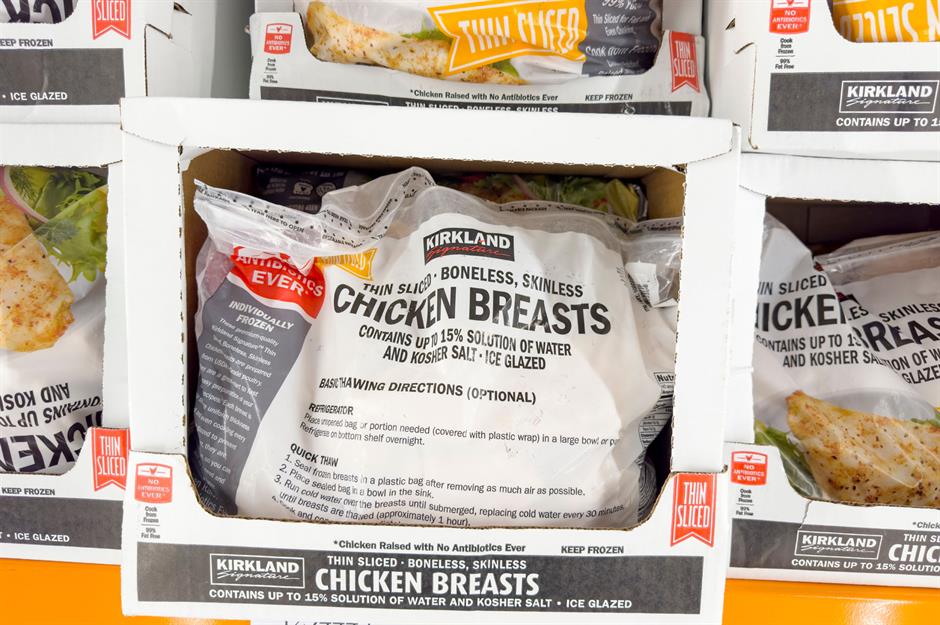
Utah ranks lower than Colorado for median salary – it's placed 26th in this respect – but the Beehive State has the lowest income inequality in the nation and the second-lowest poverty rate, which is just 9%.
Housing, utilities, transportation, and general expenses are pricier than the US average. But healthcare and groceries are cheaper. And according to cost of living database Numbeo, Salt Lake City has the lowest chicken fillet prices among major US cities at a bargain $4.14 per pound.
15. Oregon, cost of living score: 110.0

Incomes compare favorably with living costs in Oregon. The state is the 14th most expensive, while its median salary of $50,003 is the 14th-highest in the country.
Housing is the biggest drain on Oregonians' finances in a relative sense, but transportation, healthcare, and miscellaneous expenses are also more expensive than the US average, though the state's lack of sales tax does provide some relief. Plus, utilities come in at 9.1% below the nationwide mean.
14. New Hampshire, cost of living score: 111.5
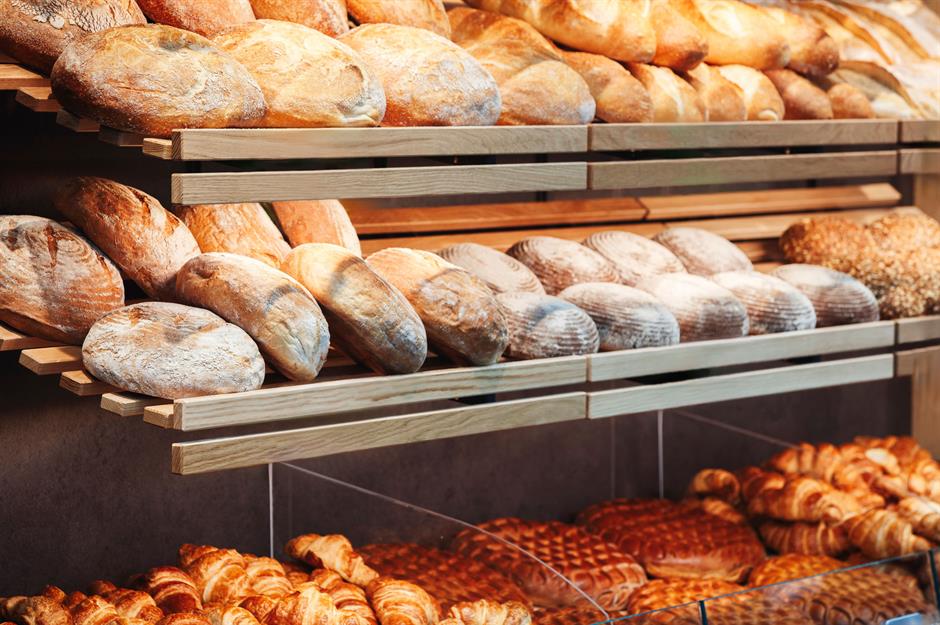
New Hampshire also has relatively generous wages that effectively offset its higher cost of living – it's ranked an impressive 15th for median wage. Moreover, the state has America's lowest poverty rate at just 7.2%, ranks seventh for income equality, and doesn't impose a sales tax.
While costs across all six MERIC categories are higher than the US average, including groceries, New Hampshire does have the second-cheapest bread prices in the country.
13. Connecticut, cost of living score: 111.7

Connecticut's bumper pay levels also go a long way toward mitigating its steep living costs – the Constitution State has America's sixth-highest median salary. A major con is its heavy tax burden, with Connecticut's property tax the third-highest nationally.
Among the MERIC categories, utilities make for the most expensive from a relative standpoint, followed by housing and healthcare.
12. Rhode Island, cost of living score: 112.4
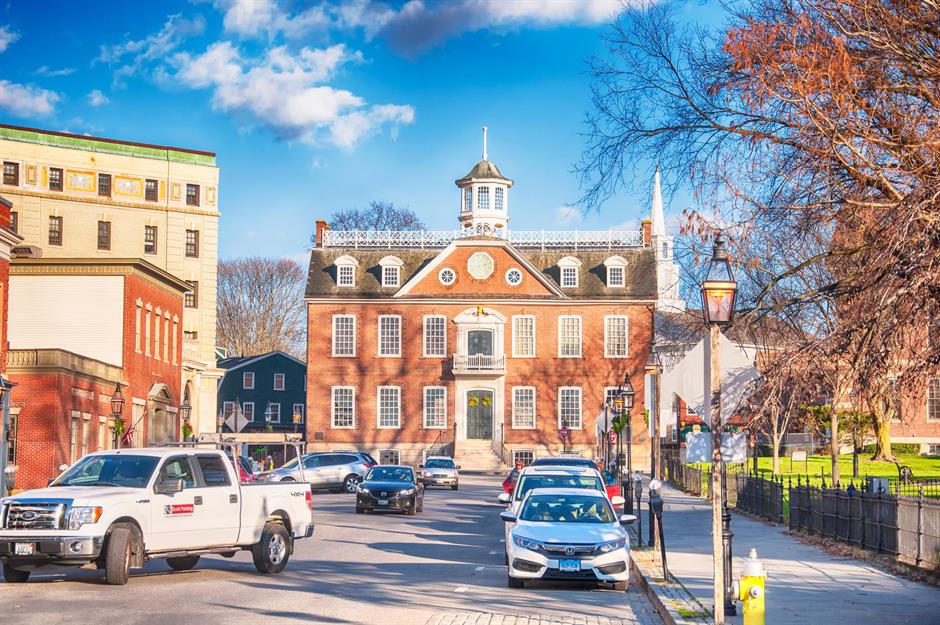
Paychecks in Little Rhody are comparatively big too, with the diminutive state ranked 11th for median salary. Again, this helps ease its expensive living costs.
Mirroring Connecticut, utilities in Rhode Island are especially pricey, but transportation is actually cheaper than the US average and comes in at 3.3% shy of the nationwide mean, according to MERIC.
11. Arizona, cost of living score: 112.8

It's tough for many Arizonans to get by since the state's median salary is low in relation to living costs. At $47,674, it's only the 21st highest in the country. Thankfully, the state's tax burden is rather light and Arizona's property tax is the second-lowest nationally.
Housing is especially expensive in the Grand Canyon State but healthcare costs are relatively economical at over 10% cheaper than the national average.
10. Maine, cost of living score: 113.5

Housing is the primary financial strain in Maine, which has seen home prices skyrocket over the past few years. Groceries are relatively affordable though, with prices only slightly above the nationwide median.
Maine ranks only joint 22nd for median salary, so many people are just scraping by in the state. To make matters worse, the state has the fourth-highest tax burden in America.
9. Washington, cost of living score: 113.6
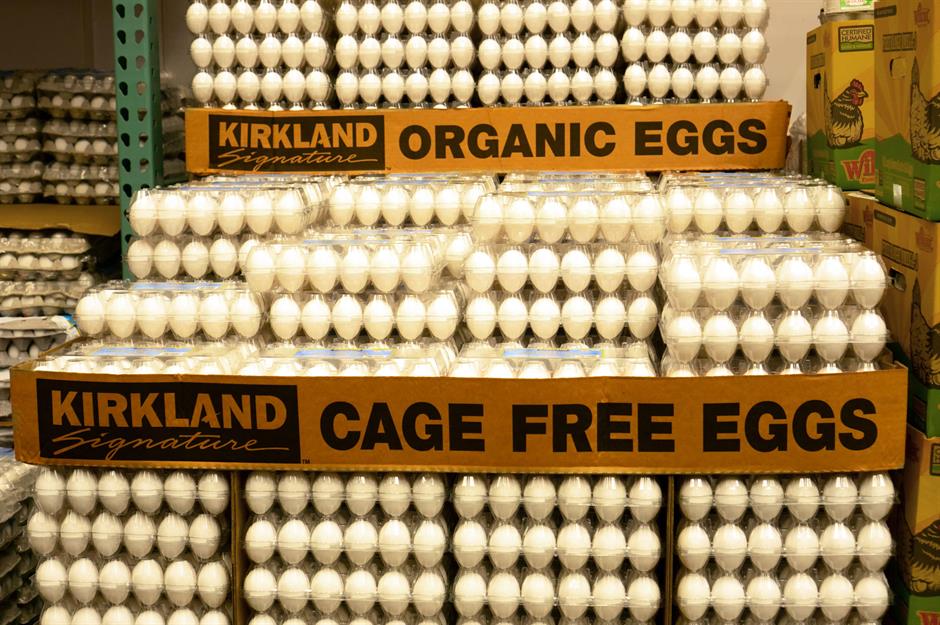
In contrast, Washington lays claim to the nation's third-highest median salary, which helps offset the state's elevated living costs. It also has the highest state minimum wage, set at $16.66 per hour.
Again, housing is particularly expensive, but utilities are comparatively affordable, typically costing less than the US average. Washington also has the lowest eggflation in the country, but motorists are stung with the third-highest gasoline prices countrywide.
8. Vermont, cost of living score: 114.1

Vermont is one of America's most expensive states but its median wage is only the 17th highest, so the cost of living presents a significant challenge for many residents, especially since the state has the third-highest tax burden in the nation.
Transportation costs are lower than the US average, which does provide some respite. But everything else is steeper. Another letdown is the cost of fast food, and Vermont has the third most expensive McDonald's prices countrywide.
7. New Jersey, cost of living score: 114.8
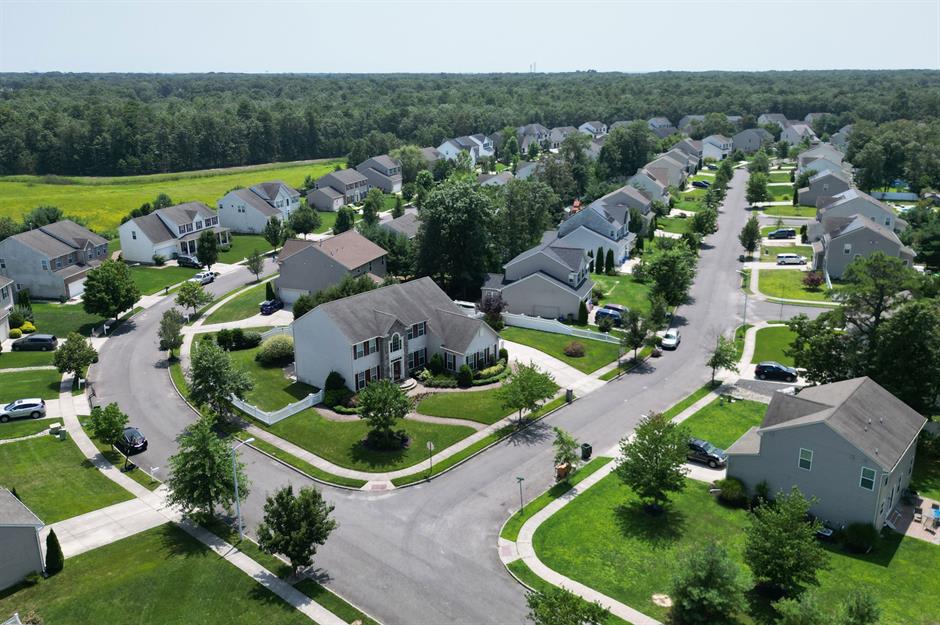
Housing in New Jersey is very expensive compared to the nationwide average and the state has the second-highest property tax. Utilities cost around the US average though, and groceries are only marginally more expensive.
In any case, the Garden State has the eighth-highest median salary at $54,870, which helps balance things out somewhat.
=5. New York, cost of living score: 123.4

New York's median salary is even more generous at $56,846, which is the fourth-highest in the country. But New Yorkers are weighed down with the heaviest tax burden in America – residents typically have to hand over 12% of their income to state and local governments.
The state is also the worst for income inequality, with the largest gap between the haves and have-nots. Housing is especially expensive in the Empire State but utilities are more affordable than the national average.
=5. Alaska, cost of living score: 123.4

Alaska has to ship in much of its food, so it isn't surprising that grocery costs are the second most expensive in the country. The Last Frontier has the highest McDonald's prices too, as well as the third-highest bread prices. Utilities are markedly pricey as well, which isn't ideal given the heating demands of the state's long, cold winters. And healthcare costs are the highest nationwide.
But it's not all doom and gloom. Alaska has America's fifth-highest median salary, the second-lowest income inequality in the nation, and the lightest tax burden, with no income tax or state sales tax to worry about.
4. Washington DC, cost of living score: 138.1
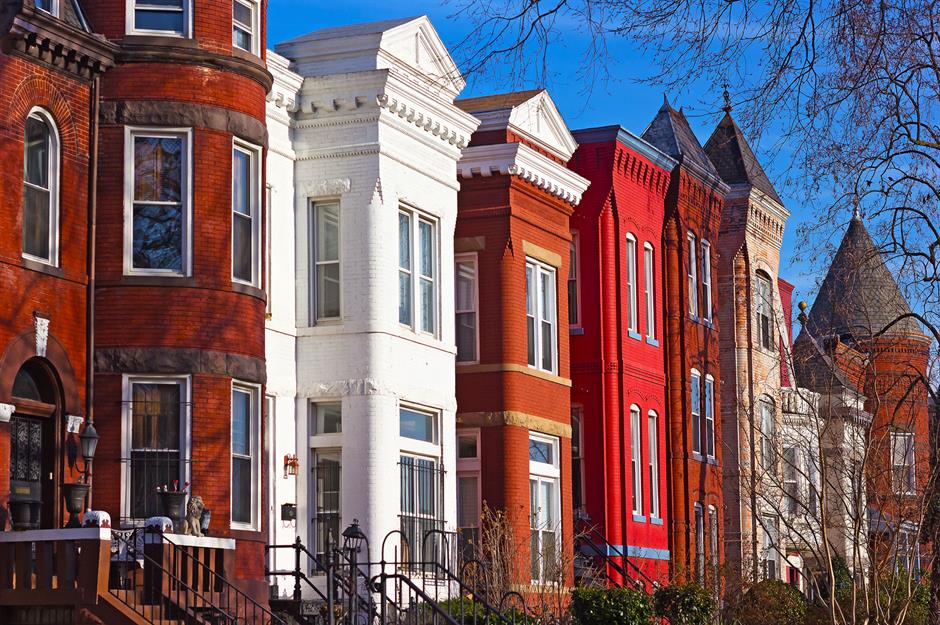
While not a state, we've chosen to include DC in our round-up. Living costs in the nation's capital aren't for the faint-hearted. Housing is exceedingly costly – DC has the third-highest median home sale price at $632,500 and its median monthly rent of $1,817 is the third-highest nationally. Healthcare is notably expensive too.
Luckily, grocery and utility costs are relatively reasonable. Best of all, DC has the highest median salary in America at $84,448 and the highest minimum wage, which is set at $17.50 per hour.
3. California, cost of living score: 144.7

Living well is a tall order in California, which has excessive levels of income inequality. The Golden State has only the 10th highest median salary but it's the third most expensive. Housing costs are the third-highest in the country and the median home sale price is the highest at $802,300. Meanwhile, gasoline prices are the second most expensive.
Groceries are very costly too. The state has America's second-highest bread prices and among the major cities covered by Numbeo, Los Angeles has the most expensive chicken fillet prices at $7.44 a pound. Out of the remaining MERIC categories, healthcare costs are the cheapest in a relative sense, yet they still exceed the nationwide average by 6.5%.
2. Massachusetts, cost of living score: 146.9

Massachusetts ranks second for median salary, which comes in at $60,694, but income inequality is rife in the Bay State and the tax burden is heavy.
Utilities and healthcare are especially pricey. And while groceries are comparatively cheap, albeit costlier than the US average, Massachusetts is the second most expensive state to buy a McDonald's.
1. The most expensive – Hawaii, cost of living score: 184.6
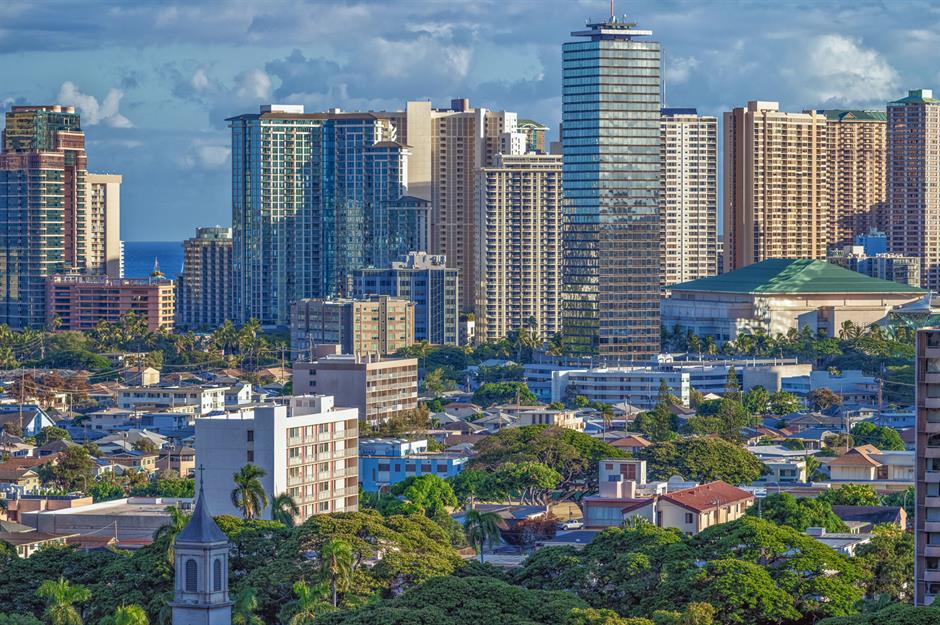
Hawaii is a cost of living nightmare. The state has the highest grocery prices in America, including the most expensive bread and eggs. A dozen will set you back almost $10 on average in the Aloha State.
Housing costs are the steepest nationally – median monthly rent is the highest in the US at $1,868 – and Hawaii is the most expensive state for utilities and transportation, with the highest gasoline prices in the country. Adding insult to injury, the state has only the 13th-highest median salary (it really should be a lot higher to reflect living costs) and America's second-highest tax burden.
Now discover what the average person earns in different countries around the world
Comments
Be the first to comment
Do you want to comment on this article? You need to be signed in for this feature